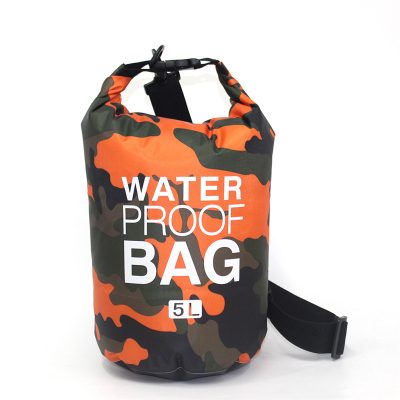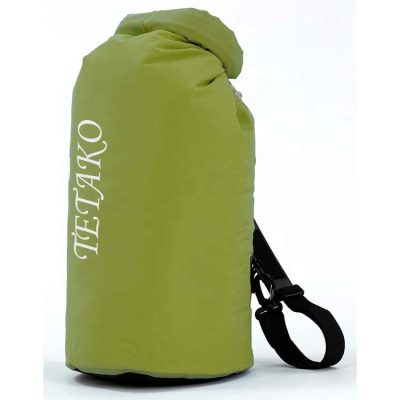Tarpaulins are versatile tools for outdoor enthusiasts and can be used for various purposes such as shelter, protection, and organization. Here are some useful tarpaulin tips for outdoor enthusiasts:
- Choose the Right Tarp:
- Select a tarp that suits your specific needs. Consider factors like size, material, and purpose. For example, lightweight nylon tarps are great for backpacking, while heavy-duty polyethylene tarps are durable for extended outdoor use.
- Learn Basic Knots:
- Knowing essential knots like the square knot, taut-line hitch, and bowline will help you secure your tarp effectively. These knots are handy for attaching the tarp to trees, poles, or stakes.
- Practice Pitching:
- Practice setting up your tarp in different configurations before heading out on your trip. Experiment with different pitches like the A-frame, lean-to, or diamond to adapt to various weather conditions.
- Carry Extra Cordage:
- Always carry extra ropes or cords for securing your tarp. Paracord is a versatile and lightweight option that can serve multiple purposes in the outdoors.
- Use Grommets and Reinforcements:
- Some tarps come with reinforced corners and grommets. Take advantage of these features to increase the tarp’s durability and ease of setup.
- Tarp as Ground Cover:
- Lay a tarp on the ground under your tent to protect it from moisture, sharp objects, and insects. This also helps keep the inside of your tent clean.
- Emergency Shelter:
- Always carry a tarp in your backpack as part of your emergency kit. It can be used as a makeshift shelter in case of unexpected weather or an emergency situation.
- Create a Rain Fly:
- Use a tarp as a rain fly over your tent to provide extra protection from rain and wind. Ensure it’s pitched at a slight angle to allow water to run off.
- Shade and Privacy:
- Set up a tarp to create shaded areas at your campsite or to provide privacy when changing clothes or using the restroom.
- Food Storage:
- Hang a tarp as a food storage shelter to protect your supplies from rain and wildlife. This is particularly important in bear country.
- Protect Gear:
- Use a tarp to cover and protect gear, such as bicycles, kayaks, or firewood, when not in use.
- Organize Camp:
- Use smaller tarps as ground cloths for organizing your campsite. Place them under cooking areas, seating, or as a clean surface for packing and unpacking gear.
- Quick Drying Surface:
- Lay wet clothing or gear on a tarp to let them air dry. The tarp prevents moisture from seeping into the ground.
- Tarp Repair Kit:
- Carry a repair kit that includes adhesive patches and seam sealer in case your tarp gets damaged during your trip.
- Leave No Trace:
- Practice Leave No Trace principles by minimizing the impact of your tarp use. Avoid damaging trees or sensitive vegetation when setting up your tarp.
- Cleaning and Storage:
- Clean and dry your tarp after each use to prevent mold and mildew growth. Store it in a cool, dry place to prolong its lifespan.
Tarps are incredibly versatile tools for outdoor enthusiasts and can enhance your camping, hiking, and other outdoor experiences. With some practice and creativity, you can make the most of your tarp in various outdoor situations.


















